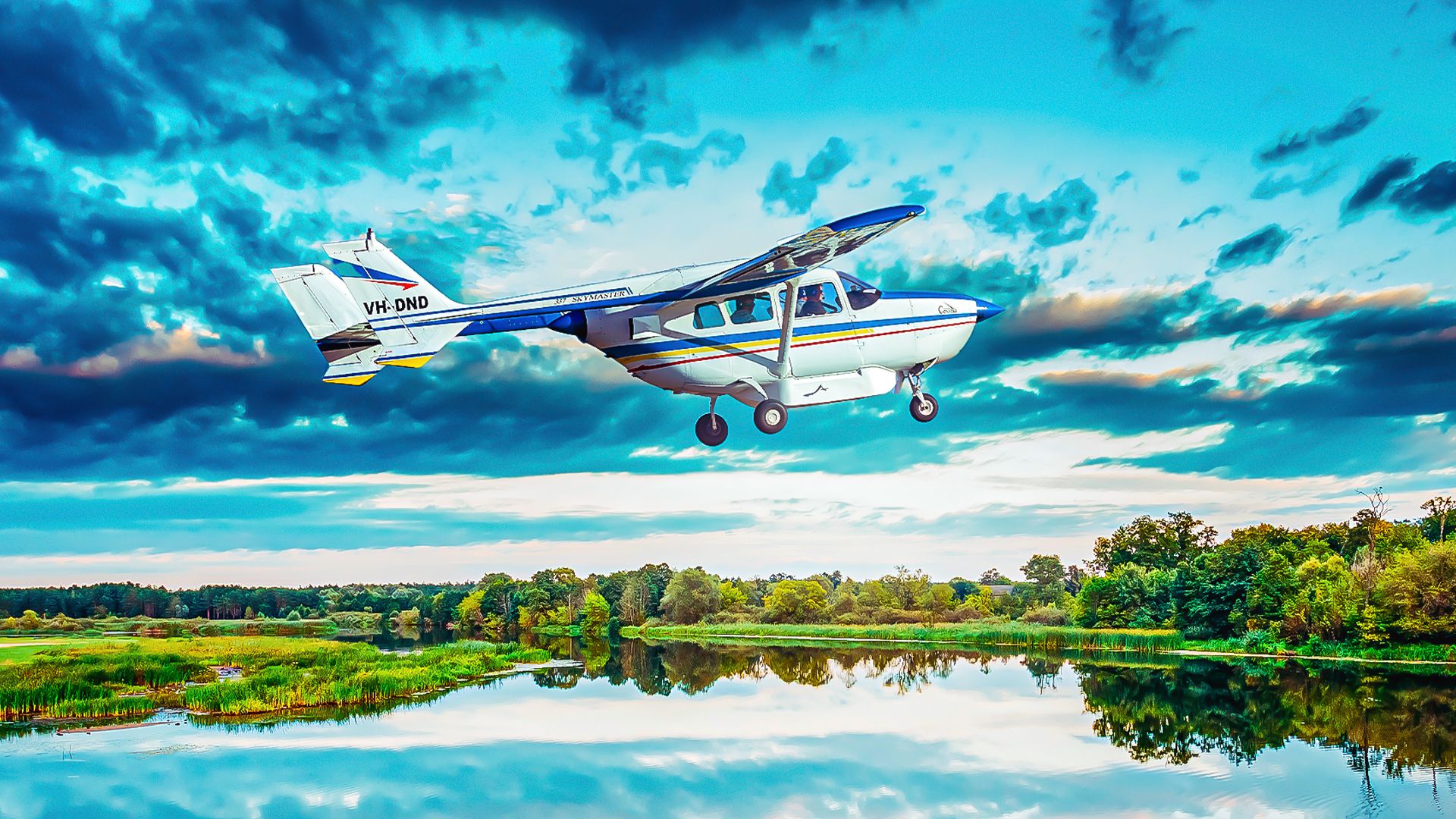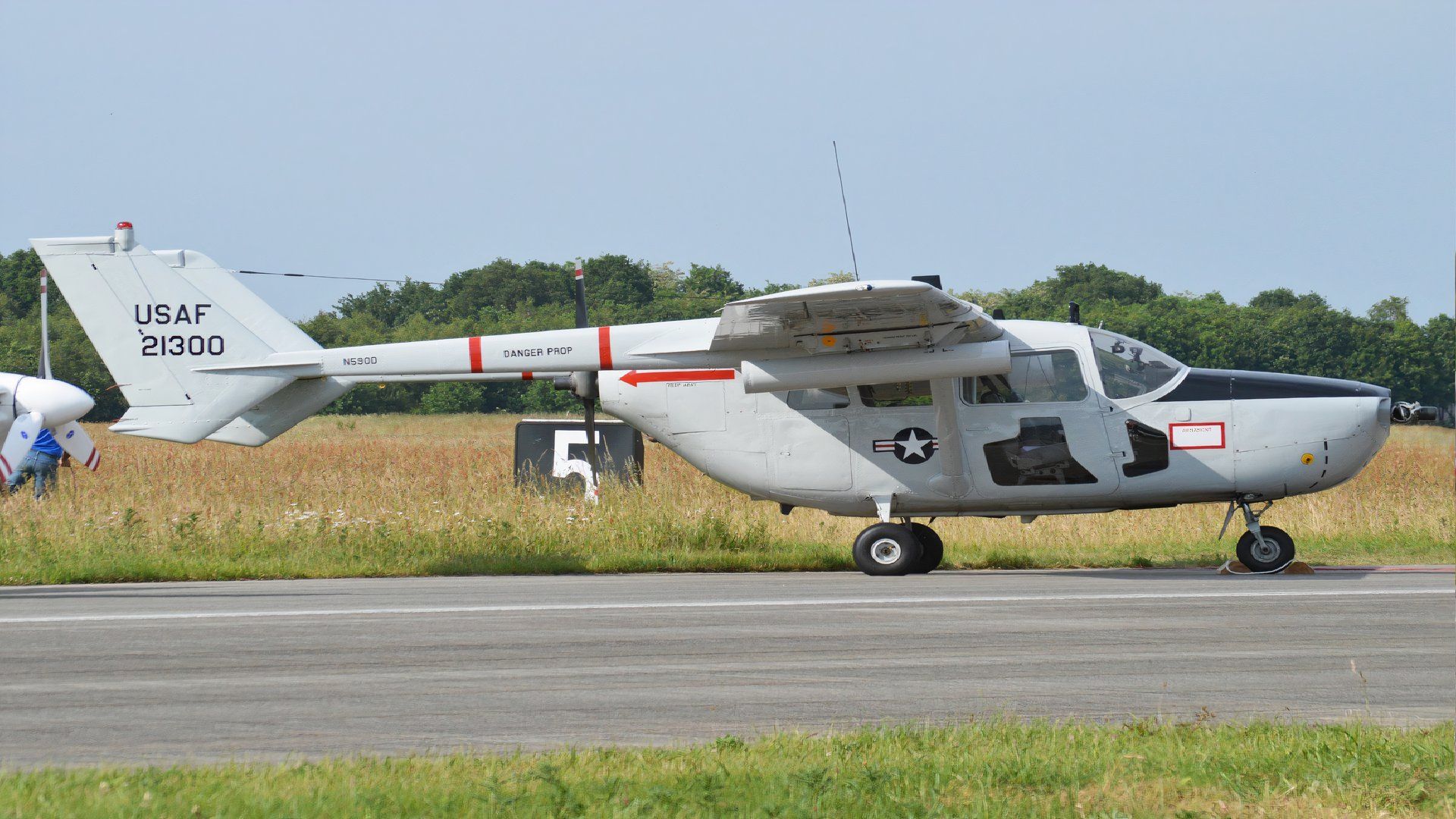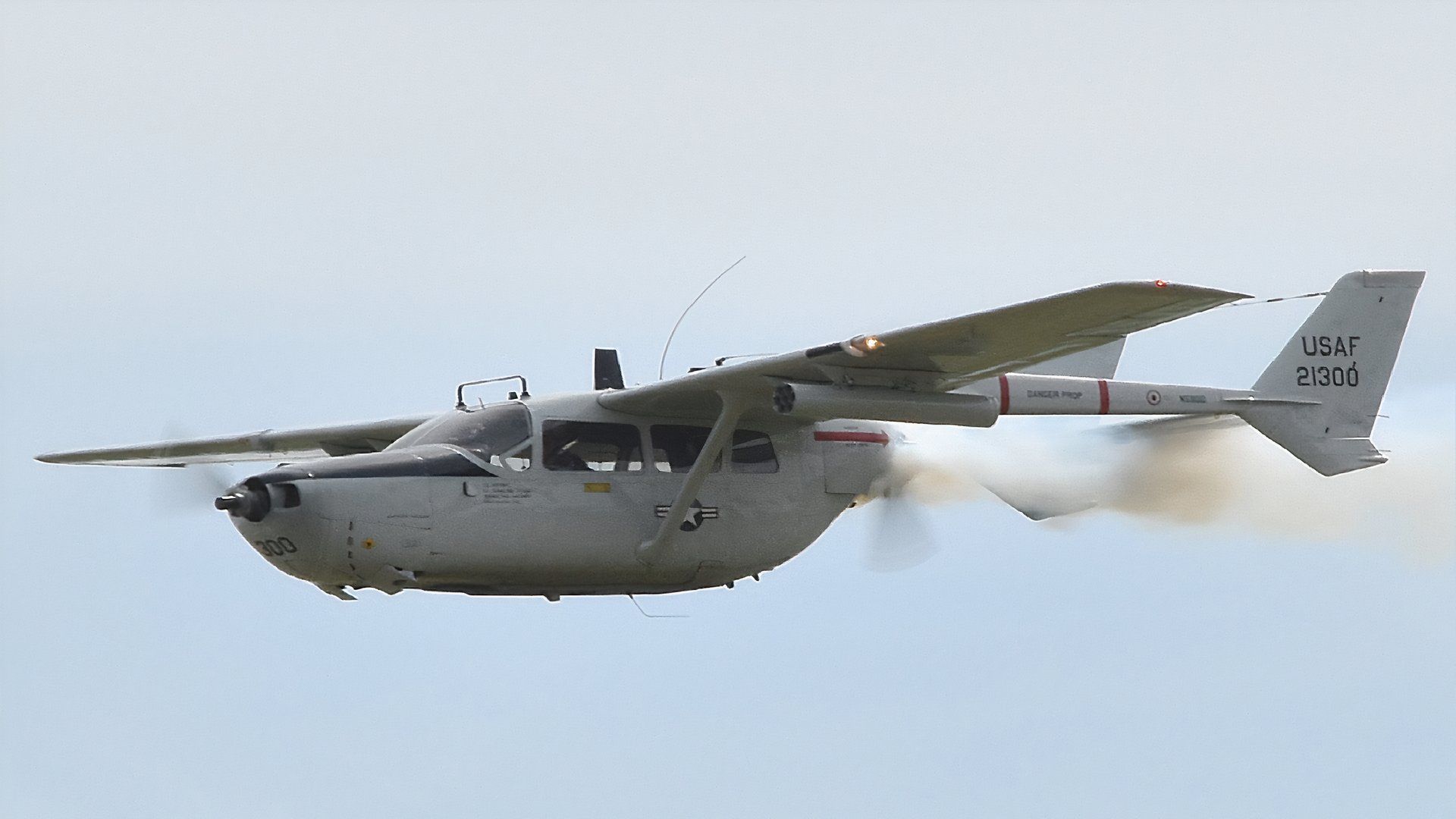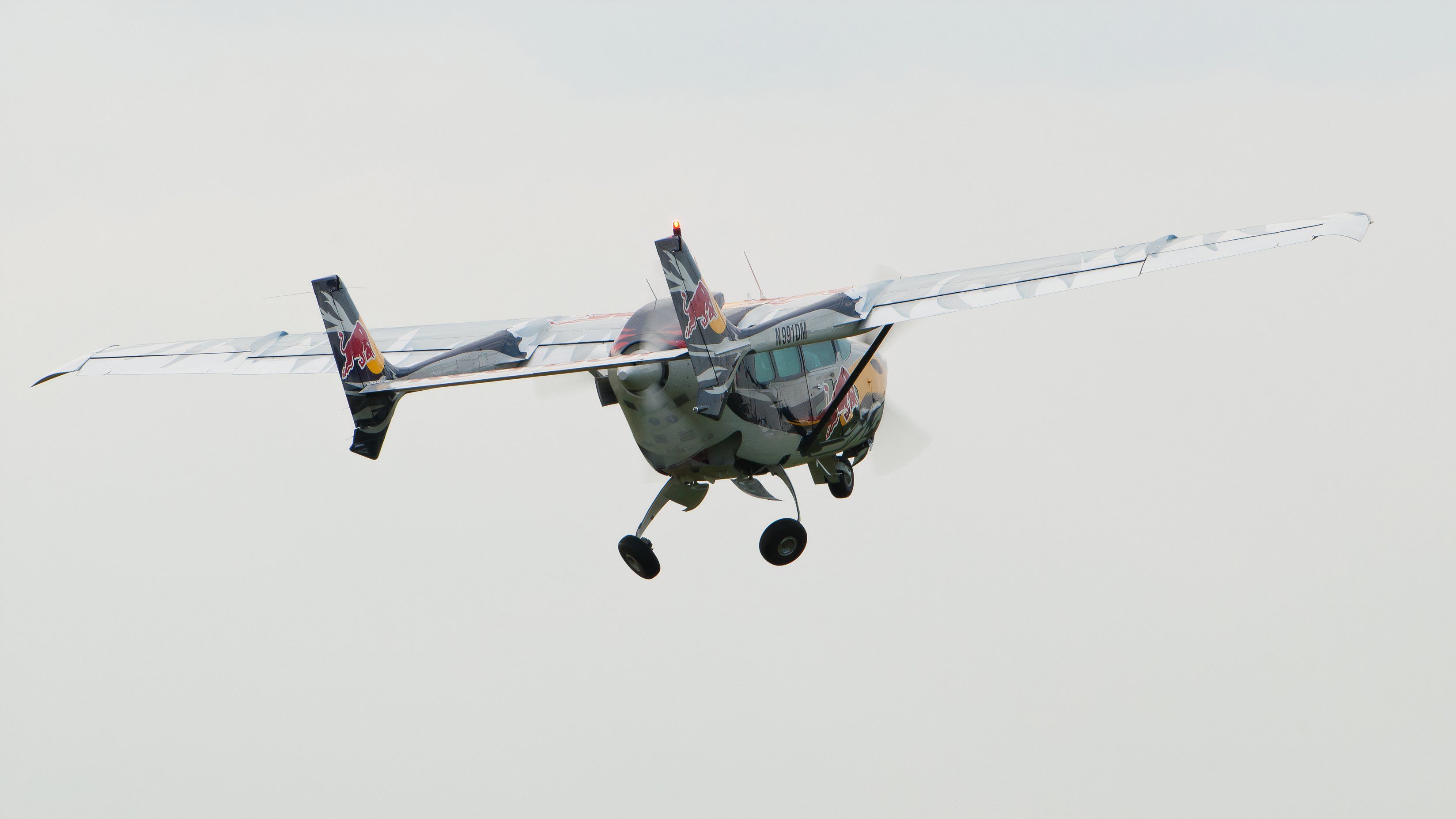Planes are not equal. Some have one engine, and some have two positioned on the wings. Then there’s the concept of pusher configurations originally designed by Alphonse Pénaud when he made the Planophore in 1871. Any aircraft with a push-and-pull configuration has its engines along its fuselage.
For many aircraft manufacturers, having two engines in that position proves complex and hasn’t been used much in modern aircraft designs. This design has divided opinions. Having an engine at the front “pulling” and one at the back “pushing” feels like a tug-of-war for some people, but the Cessna Skymaster defies it. The Cessna Skymaster has one engine on the nose and the other on the rear of the fuselage. This design appealed to pilots, and people became curious about it.
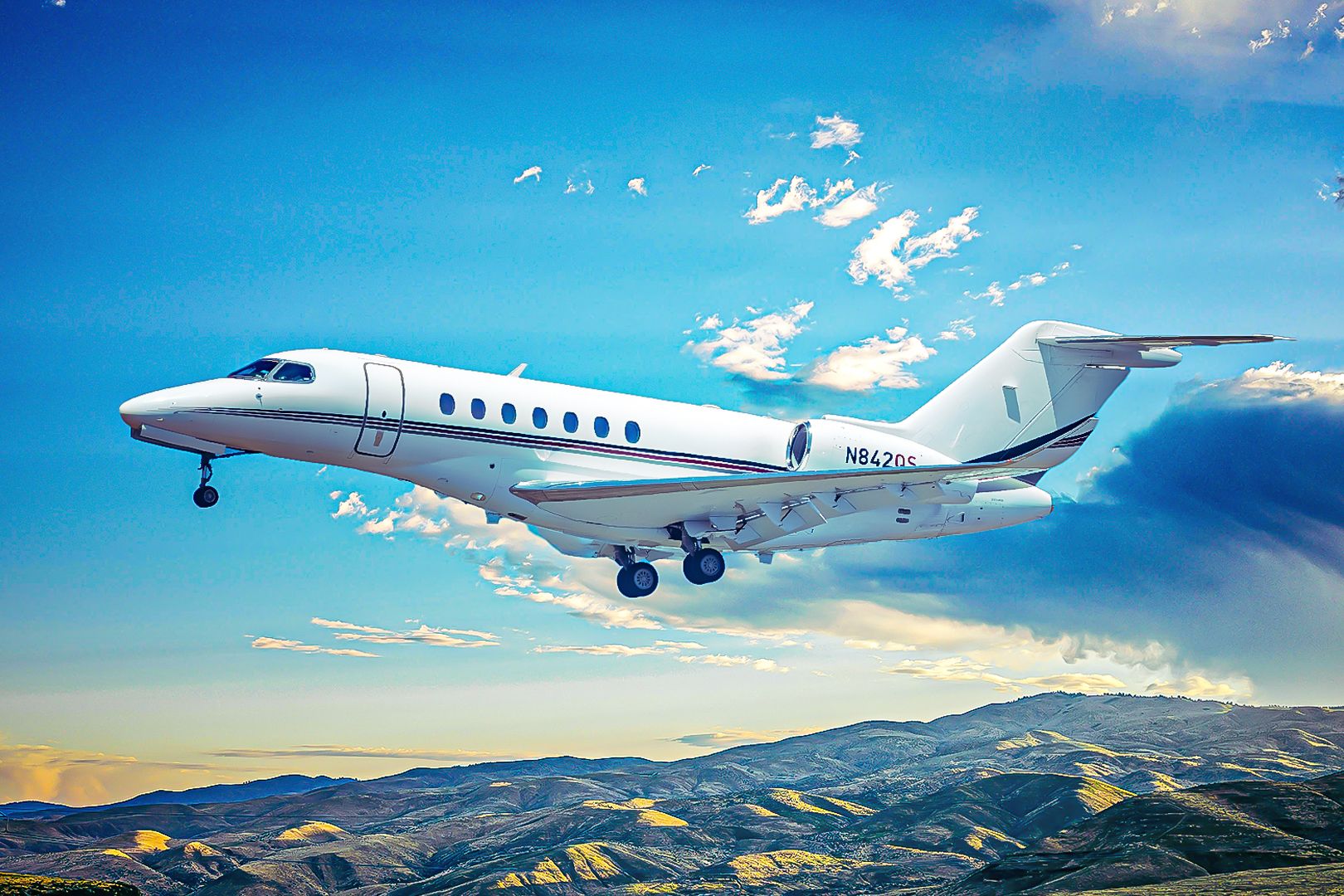
Related
Largest Citation Jet: A Closer Look At The Cessna Citation Longitude
The Cessna Citation Longitude is a new-generation aircraft designed for long-range flights with maximum comfort and low fuel consumption.
The Cessna Skymaster
Cessna designed the Skymaster twins with both engines placed directly next to each other down the middle of the airplane. You’re not likely to find this on other twin-engine planes because they have one engine on each wing. With the Skymaster setup, if one engine fails, the plane keeps flying straight and level, unlike other twins that can roll over to one side.
Because of this middle-engine placement, the Skymaster doesn’t look like a regular plane. Some people really like its unique style, while others don’t think it looks as good.
This aircraft first flew in 1963, and only 195 units were produced until 1965. It had a metallic body and two engines. Most twin-engine aircraft have their engines both on the wing. However, the Cessna Skymaster is unique with one engine at the front of the aircraft behind the propeller and another engine at the rear behind another propeller. With engines at either end of the aircraft rather, the plane would still be stable if one engine failed. The pilot would still control the plane as though nothing had occurred.
Cessna 337 specifications
| Characteristics | Details |
|---|---|
| Crew | 1-2 |
| Capacity | 5 Passengers |
| Length | 29 ft 9 in |
| Wingspan | 38 ft |
| Height | 9 ft 2 in |
| Wing area | 201 sq ft |
| Avionics | Garmin |
| Engines | Two Continental 1O-360-C |
| Maximum Speed | 155 to 165 knots |
Benefits of the push and pull configuration
The Skymaster’s engine configuration reduces drag. The unusual location of the engines ensures its wings aren’t burdened by protrusions that cause drag. Having engines on the fuselage ensures that there are no obstructions from the pilot’s or passenger’s windows. Every pilot wants to take off and land without any hindrances. In the event of an engine failure during missions, the Skymaster’s pilot doesn’t lose focus. They maintain the flight path without worrying about losing control.
Although maintaining the rear engine’s cooling and airflow issues is challenging, the design still simplifies many operational aspects, which lowers operational costs for mission flights. Additionally, the Skymaster can take off at a weight few other twin-engine aircraft can achieve. This means it’s reliable for bush flying or responding to emergency operations.
According to Hans Pallaske, a parachutist pilot,”…the Skymaster is the epitome of a bush plane. The machine is light and, thanks to its performance, can be taken off and landed in the smallest of spaces.”
Why the push/pull configuration was unfavorable
When most pilots are looking for a twin-engine plane, they rarely think of one with a push-and-pull configuration—and with good reason. First, it generates more noise than a conventional twin due to the turbulence and interaction between the propeller slipstreams. The aircraft’s cabin sits between the two engines, right at the spot where the air from the front propeller meets the one from the back, at high speed, creating so much noise.
Besides the noise, there’s the problem of vibration. With no wing separating the engines, every shake, rattle, and hum from rotating engine parts transmits into the airframe. Again, in case operators need to run maintenance, accessing engines in the fuselage is more complicated than accessing ones mounted on wings.
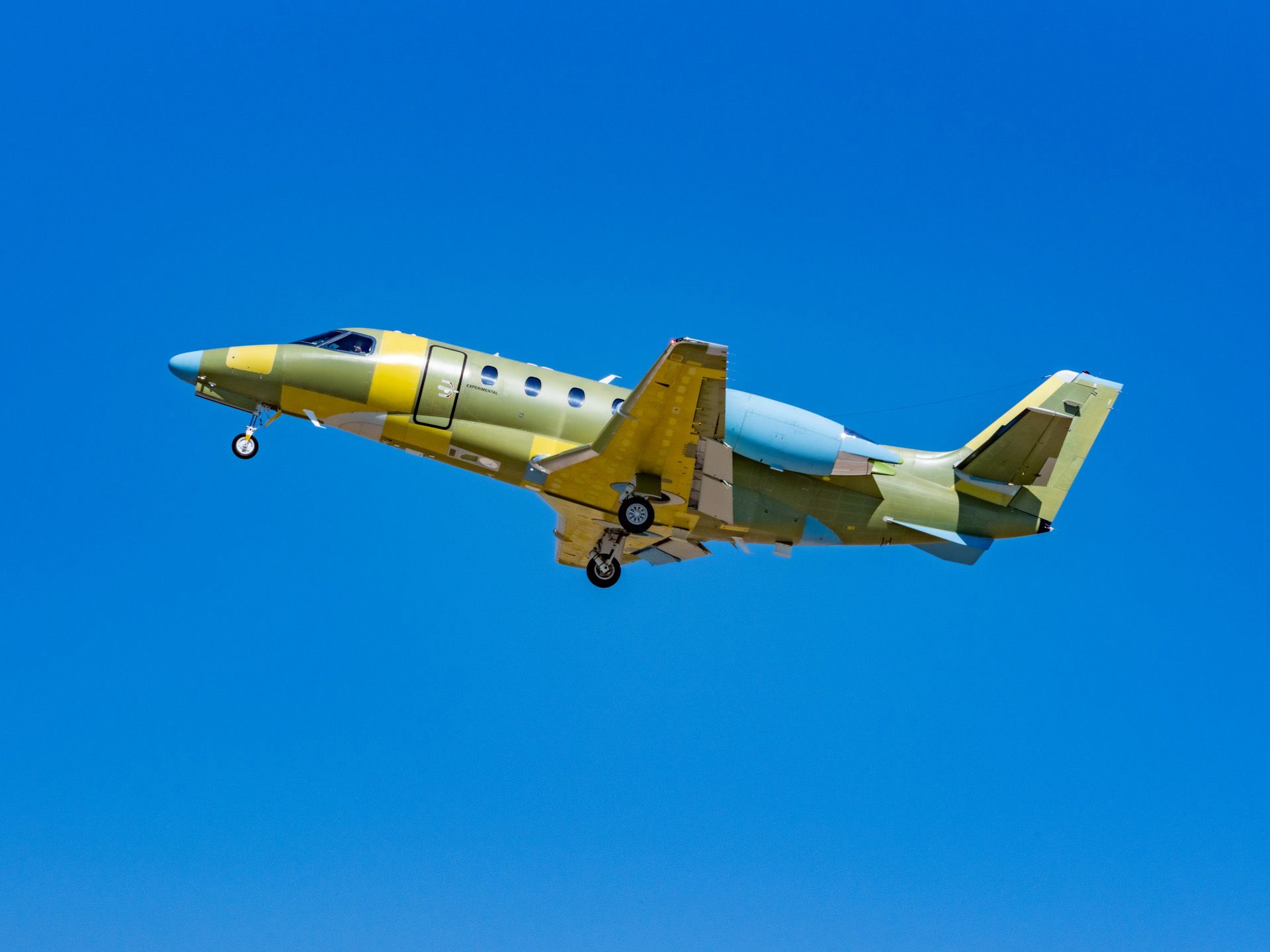
Related
What Do You Expect From The Cessna Citation Ascend?
The Cessna Citation family has gone from strength to strength since its first flight in 1969. Since then, at least 8,000 units have been built. The series is still evolving, with the Citation Ascend program expected to commence deliveries in 2025.
The aircraft is set to boast features such as an unattended auxiliary power unit (APU) and new Pratt & Whitney Canada PW545D engines. What do you expect from the plane? Let us know what you think below!
Skymaster’s achievements
For most people, the Skymaster is the unique aircraft they have seen. Its configuration has given it an advantage in aviation and specialized operations. The push-pull design minimizes the effects of asymmetric thrust common in twin-engine aircraft. The Skymaster is more popular for pioneering the push-pull twin-engine configuration. It became notable for being the only centerline twin-engine civilian aircraft to enter major production.
The Cessna 337 was designed for aerial view. For this reason, it was selected by the US Air Force for use as a Forward Air Controller (FAC) aircraft during the Vietnam War. In 1962, the USAF started looking for an efficient plane suitable for Vietnam’s FAC close air support mission. They chose the Cessna 337 because it could maneuver, was reliable, and could loiter at low speeds.
The Cessna O-2 Skymaster was a variant of the 337 model. O-2s directed close air support missions from basic forward fields, assessed bomb damage, and served as a coordination node over Vietnam. Skymaster was involved in the rescue mission of the fleeing Cuban rafters. Brothers To The Rescue used the aircraft to spot the rafters because they could fly long distances over water.
Cessna’s Skymaster
The Cessna Skymaster wasn’t afraid to tread where most aircraft were reluctant to. Its design eliminated asymmetrical thrust and engine failures, becoming the first light aircraft to adopt the push-and-pull configuration.
For a design that many may have ignored, the Skymaster did well. It will be remembered for serving in military operations and the Vietnam War.

